Incognito mode on Android offers a sense of anonymity while browsing by preventing your browsing history from being saved.
But what if you accidentally closed an incognito tab you needed or simply want to see what you’ve been browsing privately?
This article explores the world of incognito history on Android, showing how to view past incognito sessions, permanently delete them, and even recover them if needed.
How to view your incognito history on Android?
Unfortunately, due to the very nature of incognito mode, there’s no direct way to view your incognito history on Android.
Incognito browsing specifically functions by not storing your browsing data like visited websites or search queries.
However, there are a couple of methods you can try, though they have limitations.
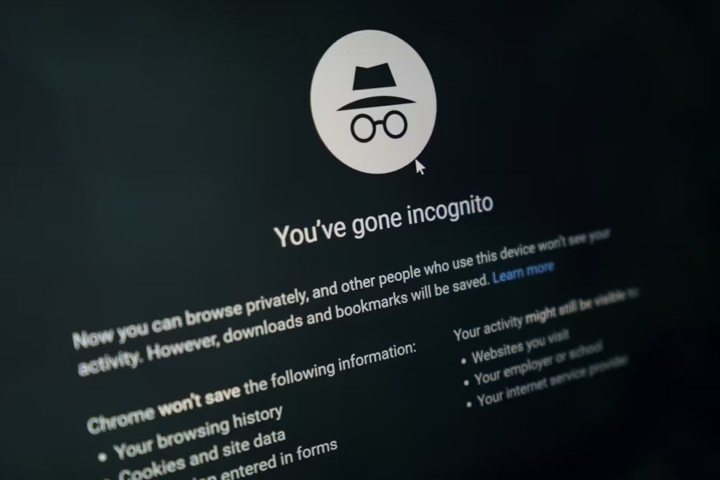


Check your router logs
This method only works if your router has logging capabilities enabled. It also won’t show the actual webpage content, but it might display the domain names of websites you visited.
Here’s a general guideline, but remember the specific steps may vary depending on your router model:
- You can access your router’s admin panel (usually by typing its IP address in your web browser). To get the correct IP address, check your router’s manual.
- Search for a part with logs or traffic analysis.
The information could be presented as a list of IP addresses. You can attempt to search online for those IPs to check if they correspond to any websites.
Consider third-party monitoring apps
Some applications promise to restore incognito mode browsing history. However, these apps can be risky as they require extensive permissions to access your browsing data.
Such apps are usually intrusive and need root permission which could disqualify your warranty and expose your device.
Be wary of such apps and only install them from trusted sources. However, there are doubts about their efficiency, and perhaps they do not recover incognito data at all.
Browser forensics (advanced users)
This includes checking all the Chrome cache and other related files. To do it, you will require a rooted device and applications like Autopsy or EnCase.
It is not straightforward, and success is not guaranteed because incognito mode attempts to prevent data from being written.
Check Google account activity
Go to myactivity.google.com and sign in. This will show your Google-related activities, which may or may not include some incognito ones.
But most of the activities done while browsing incognito won’t be traced here.
Recover, manage, and protect kids’ online activity with a phone tracker for ultimate security.
How to delete your incognito history on Android?
Incognito history in Android clears out when you close the incognito tab or window.
No particular action can be done to delete it because incognito mode naturally works in that fashion.
However, it is still possible that some of the data associated with your incognito session remains in the background.



Here’s how to clear this potential cache:
- Locate the Chrome app on your Android device and open it.
- In the address bar at the top, type: Using the startup ‘chrome: // net-internals / # dns’ (without quotes).
- This will open a hidden Chrome menu. Navigating through the left menu, find the “DNS” option and click on it.
- Within the DNS section, you will find an option called “Clear host cache.” Tap on this button.
Doing this will flush the DNS cache, which may contain some cached data about your incognito session.
While it can’t necessarily remove your incognito history because it doesn’t exist in the normal database, it will help keep any remaining remnants clean.
How to recover your incognito history on Android?
Since the incognito mode is designed to prevent the saving of browsing history, it is quite a challenge to recover incognito history on an Android device.
Unfortunately, there is no in-built procedure or assurance by which you can try to retrieve it.
Here’s why recovery is challenging:
- No saved data: Incognito browsing does not store your visit history, cookies, or search terms on the device that you are using. The moment you close the incognito window, all the data is wiped clean.
- Limited retrieval methods: The approaches described above for browsing history viewing in incognito mode are not ideal and wouldn’t work for recovery.
However, there might be a chance to salvage a tiny window of opportunity depending on your situation:
- Very recent activity: If you recently closed the incognito tab and did not use the device much, then some of the remnants can still be found in the device’s RAM. The best approach here is to be quick since rebooting the phone will free up the RAM.
- Data recovery software: Some Android apps for data recovery are available, but their efficacy with incognito history is very low. They might be able to restore information lost on your phone but given how the mode works, these pieces might not even be linked to incognito browsing.
How secure and private is the incognito mode?
Even though the incognito mode is a shield against prying eyes, it is anything but a cloak of invisibility in the digital world.
This feature is often misunderstood as an element that grants you full anonymity and protection from threats on the internet.
In fact, incognito mode only ensures that your device does not create local histories, such as browsing history, cookies, and search entries.
Still, it does not contribute much to your online privacy and conceals your activities from third parties.
Your ISP can still know every single website you visit in incognito mode because your traffic will pass through their server.
Likewise, if you browse with a work device, the employer’s IT department can track incognito browsing in real-time.
This reality is particularly worrisome for parents who assume that their children are shielded from pedophiles or obscene materials in incognito mode.
Actually, it only conceals the browsing from the device, but not from those who may take advantage of the footprints left by a child online.
Incognito mode is designed to provide a certain level of local privacy and should not be confused with a reliable method of protecting users and maintaining anonymity on the Internet.
Tips for secure and private web browsing
Although incognito mode can be helpful, it’s not a one-stop solution for private browsing. Here are some tips to keep your browsing safe and private:
Embrace a healthy dose of skepticism: Do not click on links from people or websites you do not know or if the message seems suspicious. There are a lot of phishing scams, so don’t fall for the offers that look way too appealing.
Use a secure browser: Some of the most commonly used browsers, such as Chrome and Firefox, are secure. It is recommended that they be updated to gain protection against the latest threats. Think also of browsers that place a special emphasis on privacy, such as DuckDuckGo.
Become BFFs with HTTPS: Before inputting personal details, ensure the website has the padlock icon and “HTTPS” in the address bar. HTTPS is a security protocol that protects the communication between your device and the website from being intercepted by hackers.
Befriend a VPN: A VPN hides all your internet traffic and directs it through a server located in a different location. This makes it very difficult for anyone to monitor your activities or online location.
Password power: Ensure that the passwords you use for every website are strong and unique. Using a password generator tool to create and save a strong password in a password manager is advisable.
Tame t6hose cookies: Cookies are data that some websites put on your machine to help the site remember things about you. They are not inherently evil, but they can be used for advertising. Allow the “Do Not Track” the feature in your browsers and routinely delete cookies and browsing history.
Beware of public Wi-Fi: While using Public Wi-Fi networks is advantageous, they come with the disadvantage of not being secure. Do not use public Wi-Fi for activities that require privacy, such as checking bank balances or shopping online.
Antivirus and anti-malware are must-haves: Antimalware and antivirus software that is current is important for your device to protect it from other malicious software that will monitor your activity or steal your data.
Bonus: How to empower your kids’ online safety?
While options such as incognito mode are somewhat comforting where privacy is concerned, parents require more effective means.
Parental control apps can offer added security and supervision to your children as they surf the internet.
One such option is FlashGet Kids, an app that works like a parental control app to ensure that children develop responsible and safe computer use.
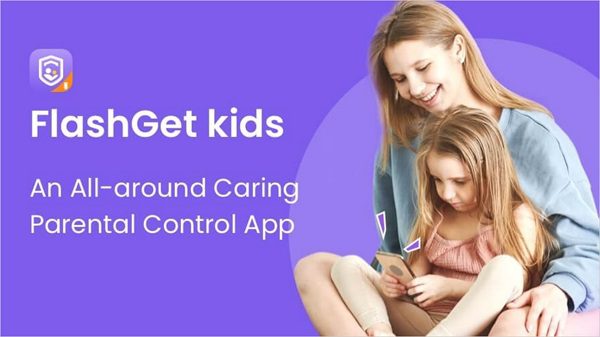


Here’s how FlashGet Kids can empower your child’s online safety:
1. Pointing out inappropriate keywords using the keywords alerts tracker.
FlashGet Kids helps you monitor your child’s online activities in real-time. You can easily identify if your kids are searching for inappropriate content online so you can protect them from any harm.
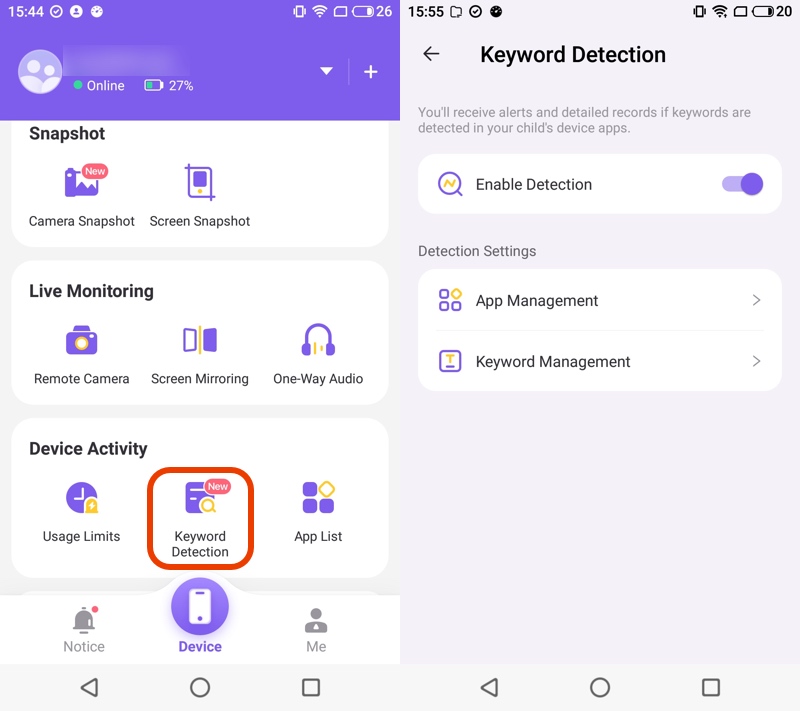


2. Get notifications using the notifications tracker.
The Notifications tracker helps you view the notifications received on kids’ phones, including app notifications and text messages. This way you gauge the child’s app preferences from the notification content. You can go ahead and block these websites and block the app your kid may use to access these sites.
3. App management and blocking.
Parents can monitor and control the kind of applications their child is using with FlashGet Kids. Parents can also disable certain applications to prevent kids from accessing malicious content.
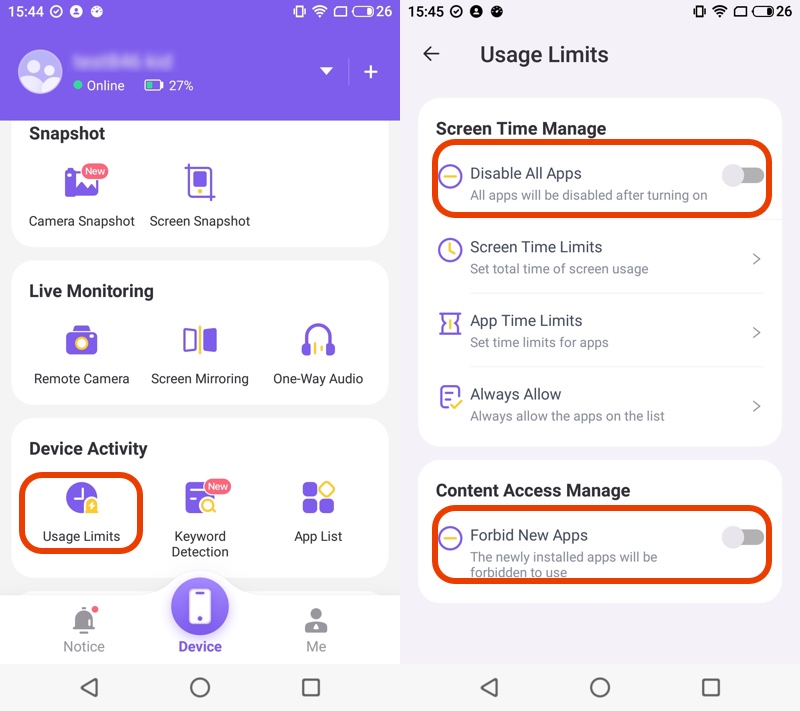


4. Promoting healthy screen time.
Limit the quantity of time spent in front of the screen to ensure that children engage in the right amount of physical activity. This can help reduce the time your child spends using the gadget and guarantee that your kid has enough sleep and play.
5. Snapshotting.
FlashGet Kids has a snapshot feature that allows you to monitor your kids’ apps in real-time. It works by taking snapshots of your kids’ phone screens. So if they are accessing websites with inappropriate content, you’ll get the screenshots without them knowing.
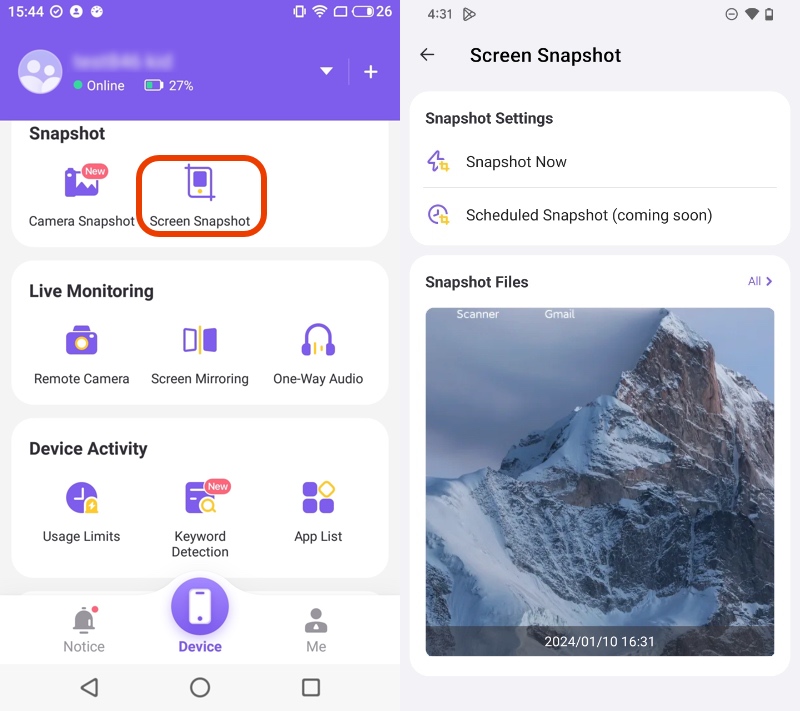


Parents should also realize that applications designed to monitor and control do not replace communication with a child.
Parental control applications, when used together with communication, can help your child learn how to conquer the digital world responsibly.
Frequently asked questions
Can you see incognito history on WiFi?
Yes, WiFi routers are capable of capturing all network activities, including incognito browsing. These logs are viewable if you control the router. However, the logs reveal all devices’ activity regardless of whether they are in incognito mode or not.
Is Incognito history saved anywhere?
Officially, incognito history isn’t saved on your device once you close all tabs. However, your ISP, employer, or visited websites can still track your real-time activity. Some data might linger in router logs or, rarely, in device cache, but there’s no reliable way to access this.
How to find Incognito downloads?
Incognito mode doesn’t prevent file downloads. Check your device’s “Downloads” folder or file manager for any files downloaded during incognito sessions. These files remain after closing incognito, so manually delete them to maintain privacy.
How to permanently enable incognito mode in Chrome?
Chrome doesn’t offer a built-in way to make incognito mode permanent. However, you can create a desktop shortcut that always opens incognito: right-click Chrome’s icon, select “Properties,” and add ” –incognito” to the target field.
Why are you unable to go incognito in Chrome?
If you can’t access incognito mode in Chrome, your device administrator might be restricting it. Check Chrome settings for “Incognito mode availability.” If it’s grayed out, it’s been disabled. Other reasons include outdated Chrome versions or corrupted user profiles.

